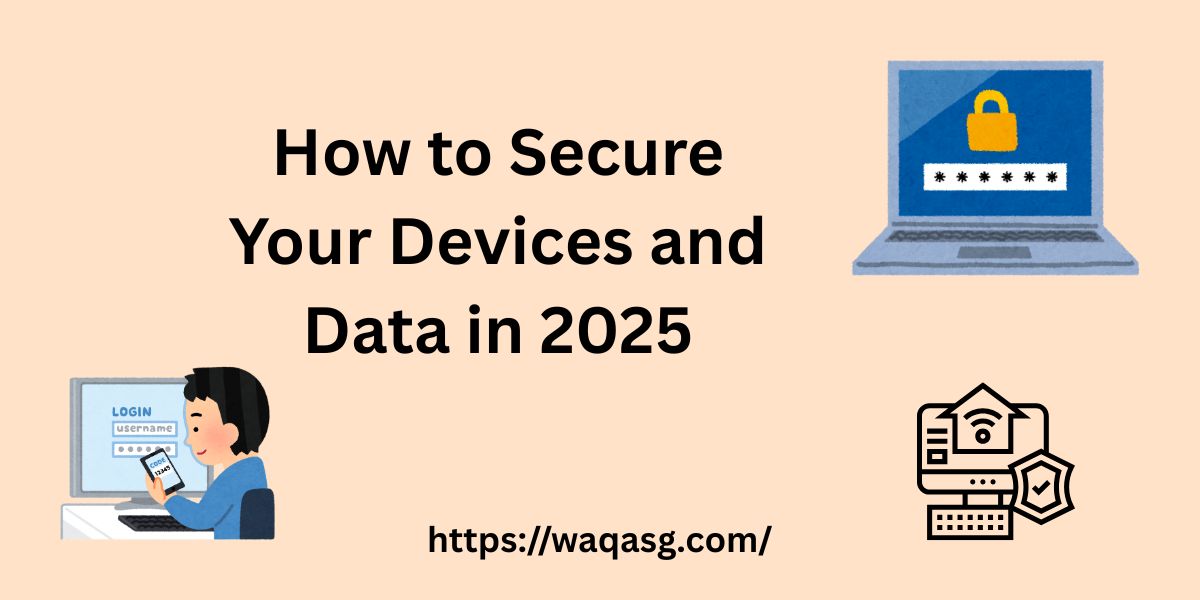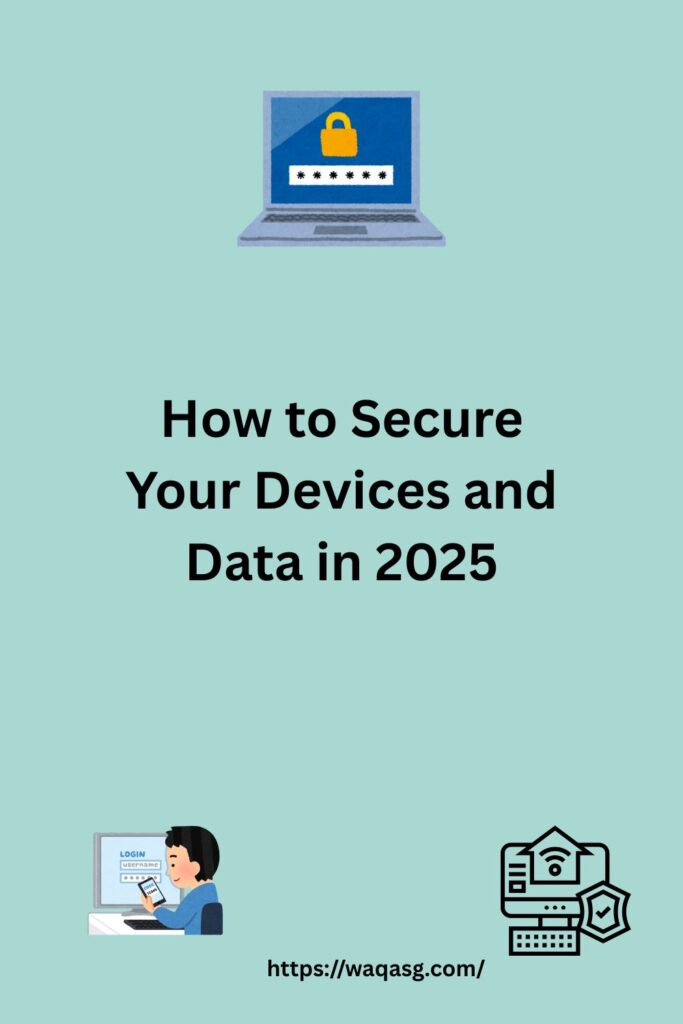How to Secure Your Devices and Data in 2025
As technology continues to advance, so do the threats that put our personal data and devices at risk. From sophisticated cyberattacks to everyday scams, protecting yourself online has never been more crucial. A single weak password, outdated app, or careless click can lead to data breaches, identity theft, or financial loss. The good news? With the right security habits, you can safeguard your digital life effectively. This guide will walk you through essential steps to keep your devices and data safe in 2024.
1. Use Strong and Unique Passwords
Many people still use weak passwords or reuse them across multiple accounts. Instead:
- Create complex passwords with a mix of letters, numbers, and symbols.
- Use a password manager to generate and store strong passwords.
- Enable 2FA for an extra layer of security.
2. Keep Your Software and Devices Updated
Cybercriminals exploit vulnerabilities in outdated software. Protect yourself by:
- Enabling automatic updates for your operating system, apps, and antivirus software.
- Regularly checking for firmware update on your router and other connected devices.
3. Be Cautious with Public Wi-Fi
Public Wi-Fi networks can be a hacker’s playground. To stay safe:
- Avoid accessing sensitive information, like banking accounts, on public Wi-Fi.
- Use a Virtual Private Network (VPN) to encrypt your internet connection.
- Disable automatic Wi-Fi connections to unknown networks.
4. Secure Your Smart Devices
Smart home devices can be a gateway for cybercriminals. Protect them by:
- Changing default passwords on IoT devices.
- Disabling unnecessary features like remote access if not needed.
- Placing smart devices on a separate Wi-Fi network from your main devices.
5. Recognize Phishing Scams
Phishing attacks trick users into revealing personal information. Stay alert by:
- Avoiding clicking on suspicious links in emails and messages.
- Verifying the sender’s email address before responding.
- Never sharing sensitive data unless you’re certain of the source’s authenticity.
6. Backup Your Data Regularly
Losing important files due to a cyberattack or hardware failure can be devastating. Keep backups by:
- Using cloud storage services with encryption.
- Maintaining offline backups on an external hard drive.
- Setting up automated backups to prevent data loss.
7. Use Antivirus and Security Software
A good security suite can protect against malware, ransomware, and other threats. Choose software that:
- Provides real-time protection and regular updates.
- Includes firewall and web protection features.
- Can scan and remove potential threats automatically.
Final Thoughts
Cybersecurity is not a one-time task but an ongoing process that requires awareness and action. By implementing these security measures, you can reduce your exposure to cyber threats and enjoy a safer digital experience. Small habits, like updating passwords and recognizing phishing attempts, can make a significant difference in protecting your devices and personal information.
Stay proactive, stay informed, and make cybersecurity a priority—your future self will thank you!

